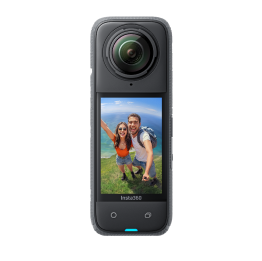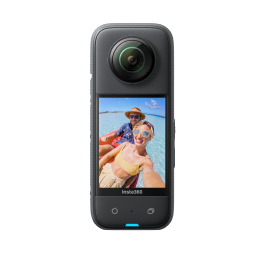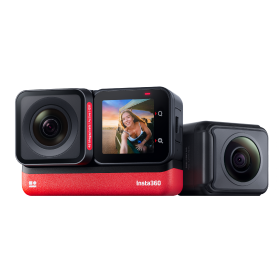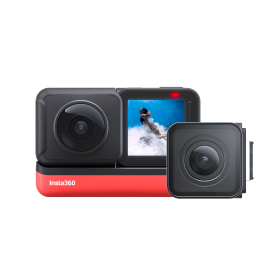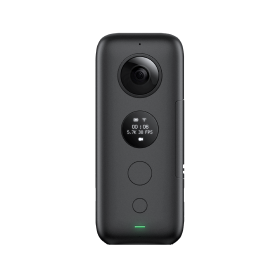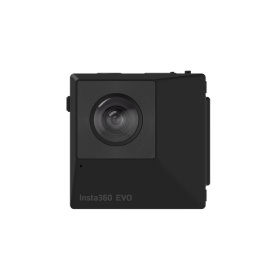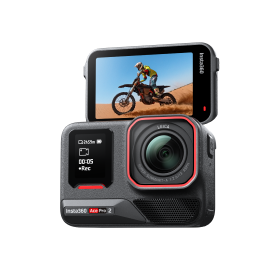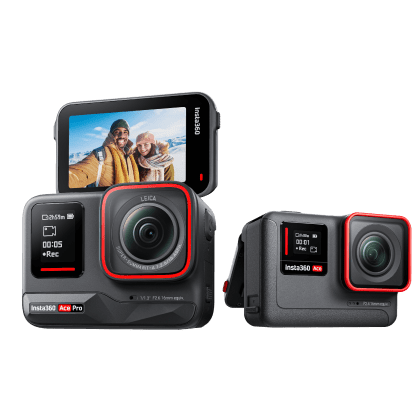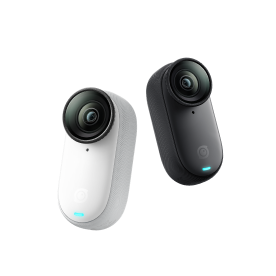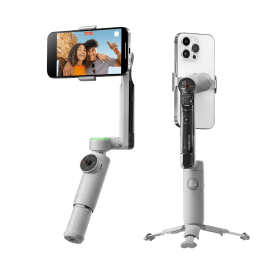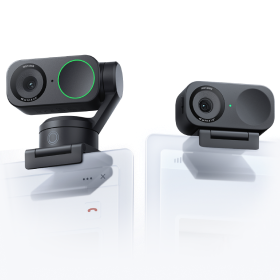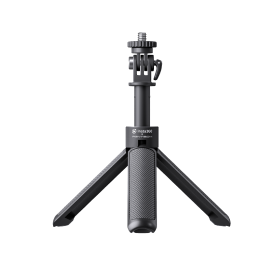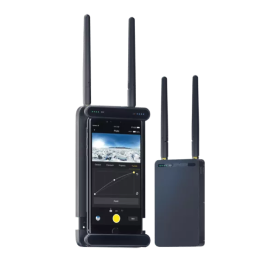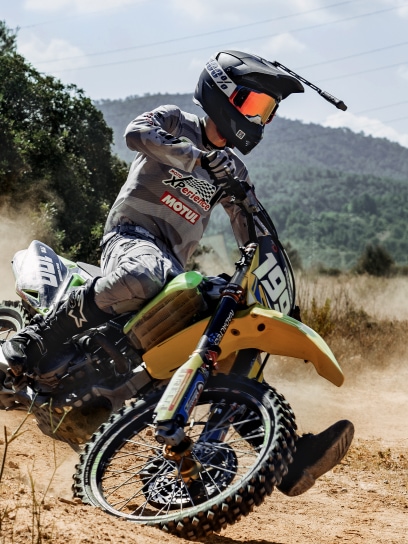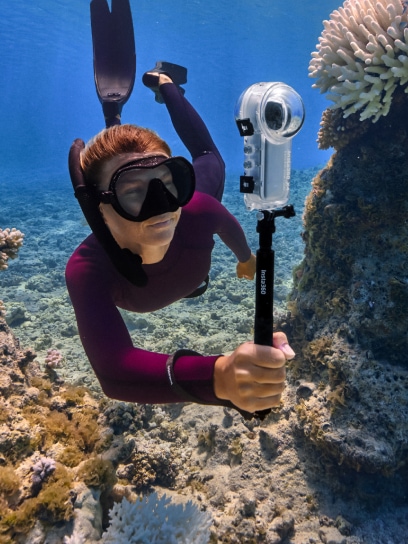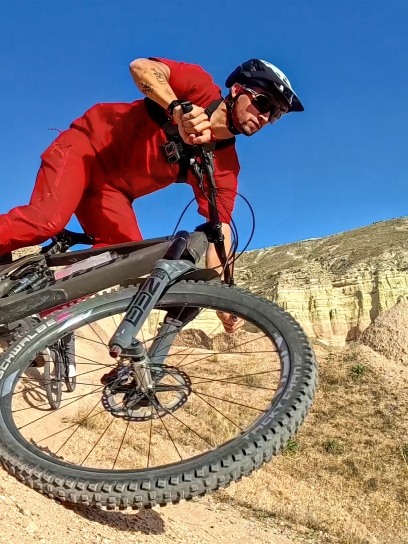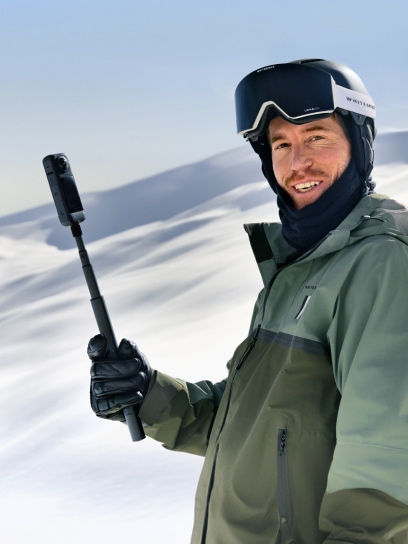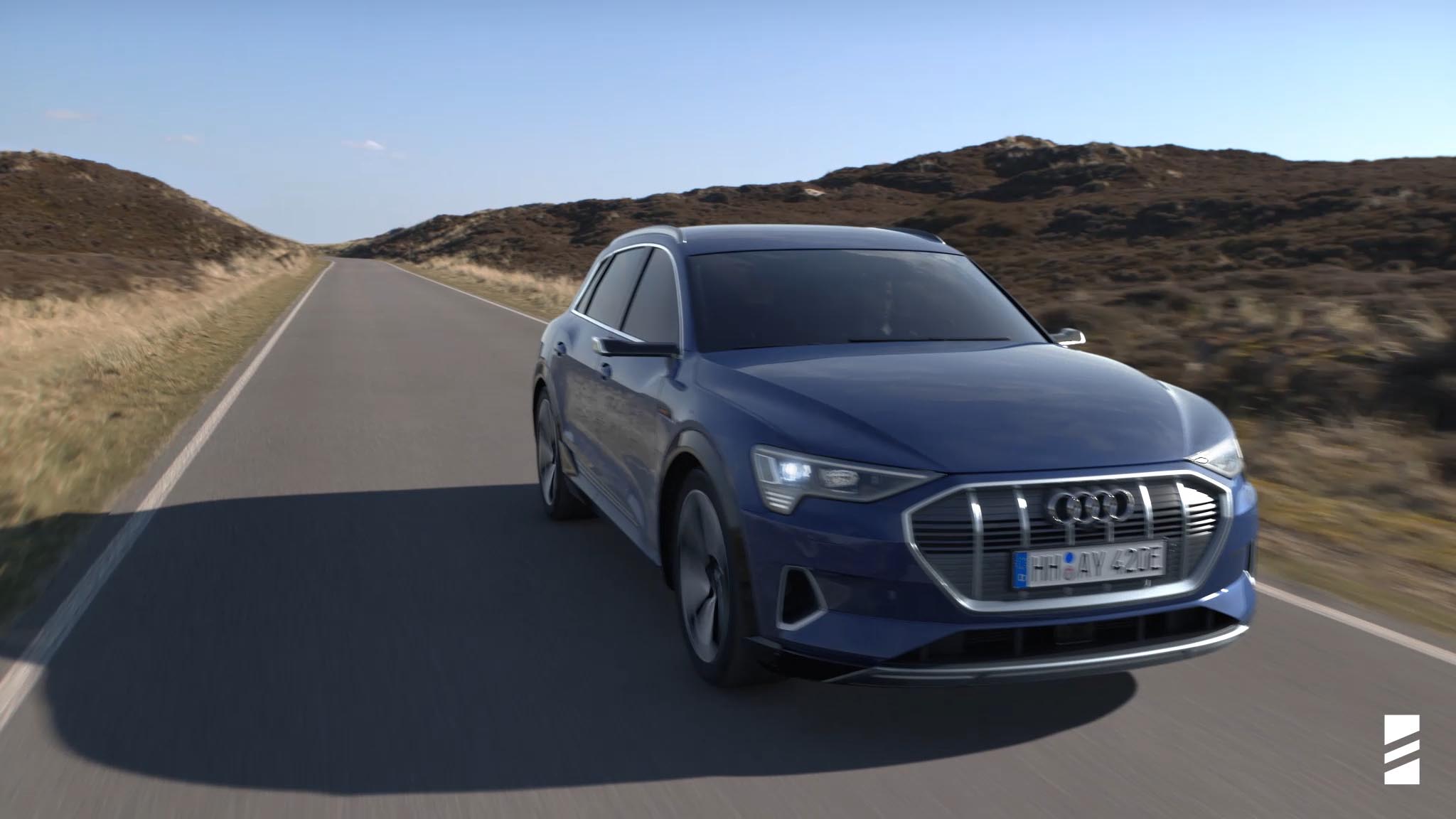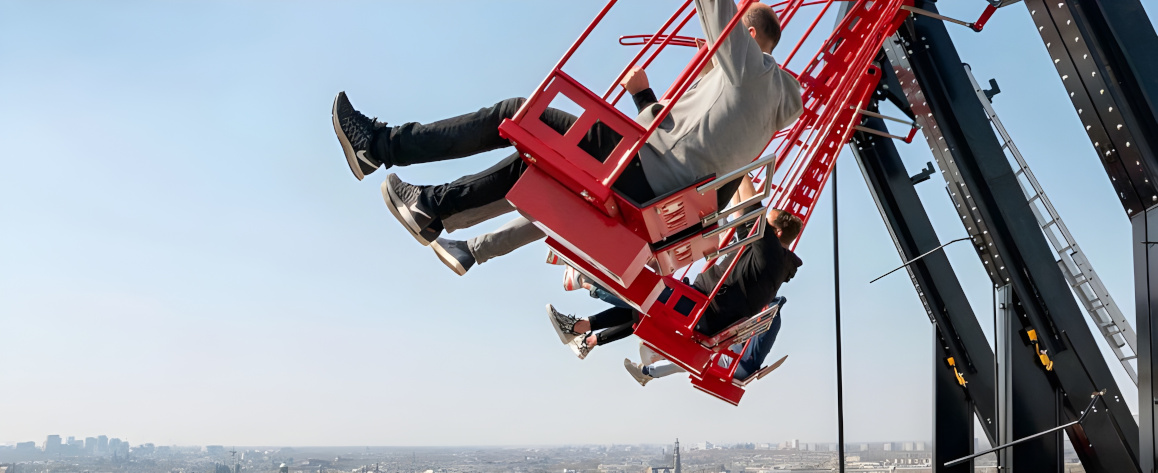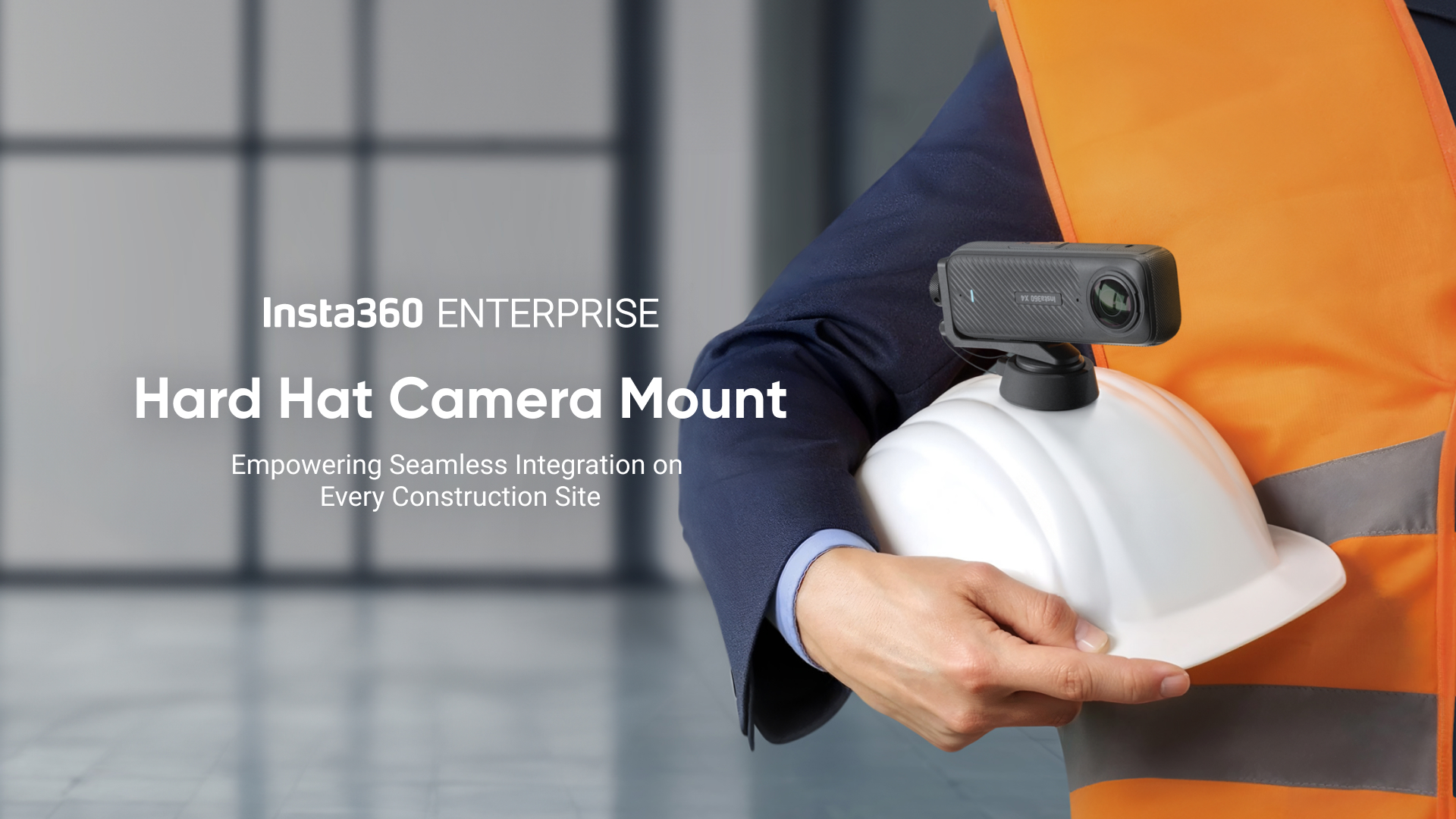Car Commercials... Without the Car: The Magic of 360 3D CompositingThe next time you catch an advertisement for a vehicle, look closer.
It's unlikely you'll notice, but there is a high chance the car isn't actually there.
With a partner like Harvest, production companies can use a dummy car loaded with a VR camera to capture a space and create a 3D model to put into the footage.
Recently, post-production house Harvest experimented by using the Insta360 Pro 2 to enhance their production processes, so we caught up with Florian Arlart at Harvest. Thanks to emerging tech like 360 3D compositing, future production services can create engaging commercials faster than ever before.
1) How is Harvest using VR cameras for high-end post production?
Hi my name is Florian Arlart. I am the founder and managing director of Harvest. We are specialists in high-end post-production for film and photography.
We have set up a studio in Hamburg, Germany to work with the latest technology - be it retouching, virtual reality, sound design, animation - you name it.
We tested the Insta360 Pro 2 to feed our creative curiosity, and we recently developed a car commercial to showcase the potential of this technology for 3D compositing: Road of Diversity.
2) Why is a VR camera essential for 3D compositing projects like this?
To integrate a 3D model in a filmed environment, one needs to match the filmed environment as closely as possible. As we move through the environment while filming, the 3D environment needs to behave convincingly.
Recreating a perfect match of the filmed environment in 3D would be incredibly time consuming. Even scanning the environment, creating a 3D version of the environment on the fly, is only partially possible at the moment - it's just an overwhelming amount of data, and endless hours of editing.
Luckily, one can capture a 360 image, or a 360 video in our case, of the filmed environment. This immersive image/video can then be projected onto a 3D sphere.
In the center of this "bubble" one can place the 3D model, a car in this case. This solution is very lightweight, integrates the model nicely and the lighting and reflections of the environment on the 3D-model are realistic. If the car passes a bright red house in the film, for example, this house will be reflected in the model, most notably in the paint and windows.
Prior to "Road of Diversity", Harvest did similar projects, involving multiple GoPros in unison or an inferior VR camera. In both cases, we'd mount camera on the stand-in vehicle, and use that as a reference to shoot. It worked to some extent, but needed extensive fixing in the post. We also ran into issues with the resolution of the footage.
"Without a VR camera, there isn't much you can do. Rebuilding a dummy-version of the environment in 3D, creating custom lighting as best as you can, using a static HDR if possible. It could still look decent, but it would be a lot of work for little payoff." Florian Arlart, Founder and Managing Director, Harvest
3) How can using a VR camera and 3D compositing save brands time and money in filming commercials?
The biggest advantage is definitely the ability to change or update the 3D model in the film at will, after the shoot.
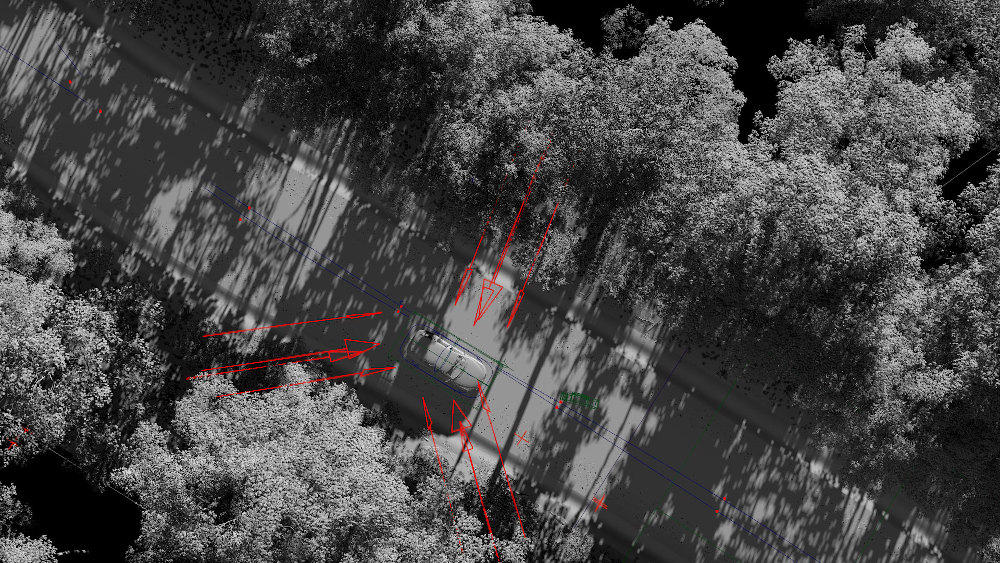
It's easy to showcase different body colors, configurations, rims, headlights; anything really! But it could just as easily be a completely different model or even a separate brand entirely.
If a client decides to update a film that was shot nine months ago, Harvest could just load the corresponding project and edit what needs to be changed, so in the long run it's really efficient!
4) Can you briefly walk us through your workflow from filming with the Pro 2 to 3D compositing?
Firstly, we fitted a small, unobtrusive car with the Insta360 Pro 2. We chose the Insta360 Pro 2 for its
8K resolution, quality, speed, reliability and ease of use. The Pro 2 delivered across the board. Our previous projects at Harvest taught us that we would need a high-resolution VR environment. Reflections on the 3D models need to be detailed, crisp and not exhibit visible compression artifacts. This would break immersion.
"We chose the Insta360 Pro 2 for its 8K resolution, quality, speed, reliability and ease of use. The Pro 2 delivered across the board." Florian Arlart, Founder and Managing Director, Harvest
The VR camera was mounted on the roof, rising a bit above the car, giving us a nice, unobstructed view of the surroundings.
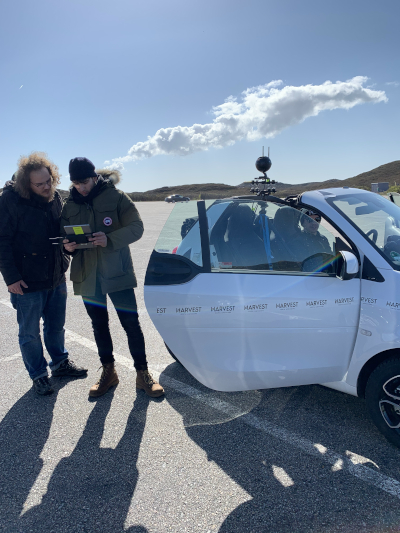
Inside the dummy vehicle we had 2 employees, a dedicated driver and an operator for the VR system. The dummy gets filmed in the shot while the Insta360 Pro 2 takes care of the surroundings. Handling the Insta360 Pro 2 was a breeze, it worked like a charm and the stitching and the FlowState stabilization helped greatly. The accompanying app is intuitive and easy to pick up, too.
In post, we tracked all the necessary shots, replaced the stand-in vehicle with the desired 3D car and synced the 360 plate with the filmed backplate. Once we've fine-tuned all of the 3D elements, we render! That’s it. Enjoy the outcome and convince yourself of the brilliance.
Keen to keep up to date on Insta360 stories? Keep an eye on our blog and sign up for our mailing list. You can also contact our Enterprise team directly to see how 360 cameras can benefit your business.
